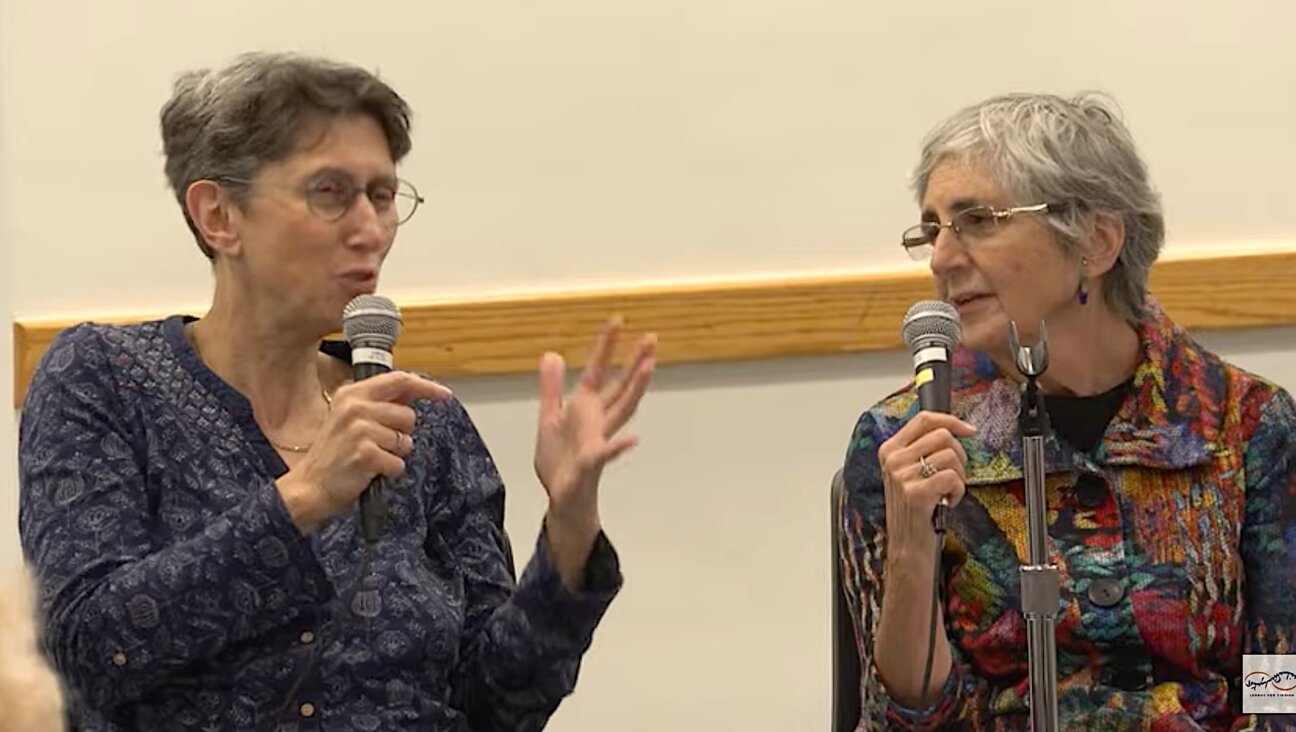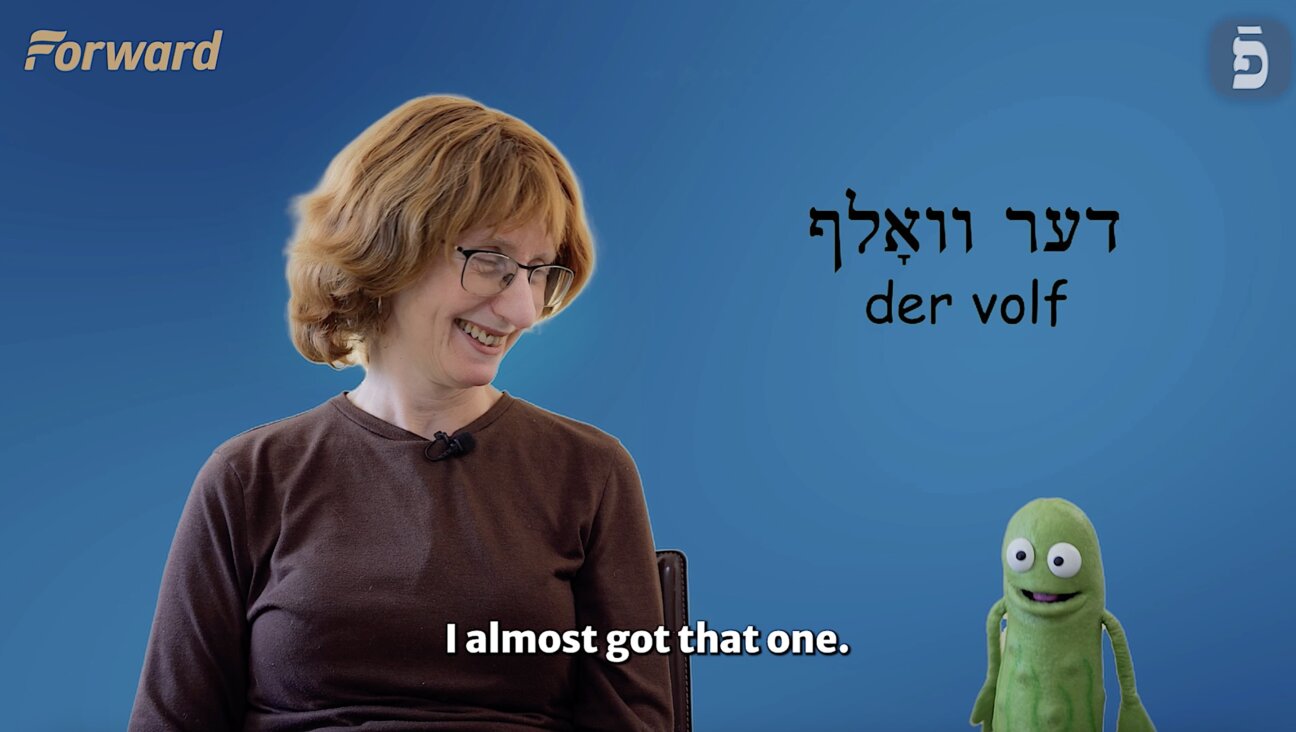Studies Suggest Possibilities for Engaging Intermarried
Three new studies about interfaith marriage have been released in recent weeks, all supporting the increasingly common notion that intermarriage isn’t necessarily fatal to Jewish continuity.
Taken together, the three studies suggest that a combination of Jewish education, outreach and sensitivity can bring interfaith couples and their children into Jewish life. The release of these studies, in a short period of time, testifies to the ongoing level of attention that the Jewish community has given the issue of interfaith marriages.
The most statistically rich study was a follow-up to a much-discussed 2006 report, which found that 60% of interfaith couples in Boston were raising their children as Jews. The new, extended version of that study examined levels of Jewish attachment among the original cohort of families. It was conducted by the Combined Jewish Philanthropies of Greater Boston, a longtime supporter of outreach to intermarried couples.
The Boston study found that children of interfaith couples often observed the Sabbath and other Jewish holidays at rates comparable to, or even exceeding, children from Reform and Conservative households with two Jewish parents. It also found, however, that intermarried families are less likely to join synagogues and other Jewish organizations.
Another study by Arnold Dashefsky, a senior scholar at the National Center for Jewish Policy Studies at Hebrew College, found that there was a statistical correlation between having a rabbi officiate at an interfaith wedding and a variety of Jewish behaviors, including raising Jewish children. Though the study emphasized that there was no proof of cause and effect, it did suggest that a number of couples were turned off by the icy reception they received from a number of rabbis when they made inquiries about marriage ceremonies.
Finally, a study of Reform Jews by the Steinhardt Social Research Institute found that while intermarried and in-married households in the Reform movement often had similar rates of Jewish attachment, the highest rates of attachment, according to many measures, were found in households where the non-Jewish spouse had converted to Judaism.
















